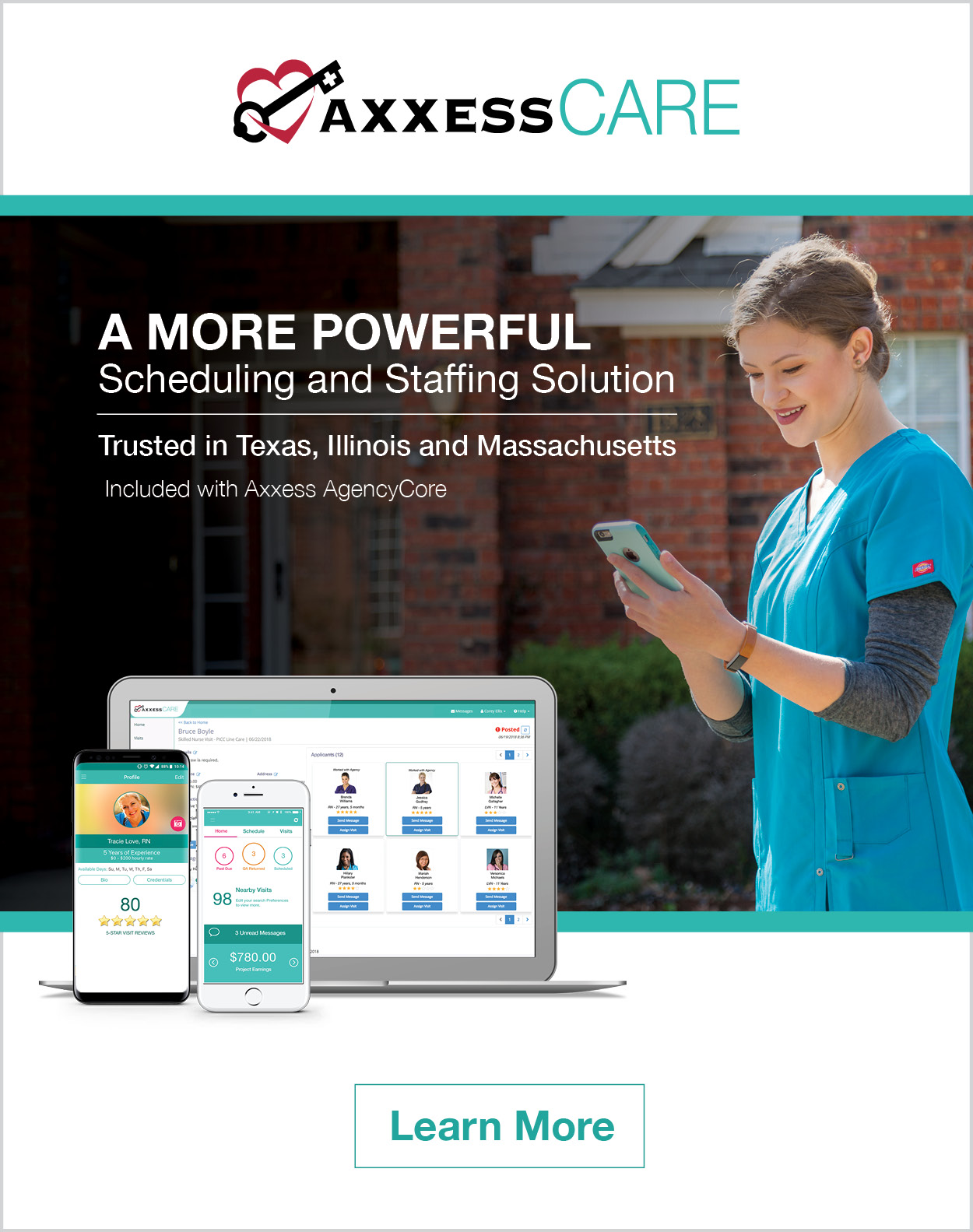Fraud and abuse has been an issue for the home health care industry almost from its inception. While most providers follow the rules and provide quality care at the highest standards, there are some unscrupulous providers who make the home health industry look bad the system with a less-than-ethical approach to providing care. For this reason, the Office of Inspector General (OIG) created compliance recommendations for the home health care industry. The OIG is focusing efforts on compliance reform in the home health care industry. Writing a compliance plan for home health agencies is a simple process if certain guidelines are followed.
- Perform clinical, billing and operational audits to determine areas of improvement for your home health agency. This is the first step in creating a compliance plan that is not cookie cutter. By reviewing clinical care delivery, timeliness of billing as well as how the staff performs patient care, the agency can determine potential problems and develop action plans to resolve issues. Adopting the right home health software will help your agency streamline compliance
- Prioritize deficits based on how they affect the home health agency’s ability to meet state and federal guidelines, after the results of the audit are revealed. It may also be necessary to include plans to meet city ordinances as well as any accreditation the facility has such as the Joint Commission, CHAP or ACHC. Discuss the findings of your audit with the leaders in your agency. Collaborating effectively to share information can be accomplished for home health agencies by using the right web based home health software.
- Develop an action plan that addresses the findings of the audit. For instance, if it is found that clinicians are not following the plan of care, an in-service training session can be implemented to educate clinicians on regulatory and ethical requirements to follow the Plan of Care. For home health aides, if it is determined that patients are not receiving baths on a regular basis, implement a plan that requires aides to sign off on a daily basis where baths were performed and explanations when they are not performed. The right home care software should have compliance and quality assurance tools built in to assist your home health agency.
- Assign a responsible party for ensuring the plan will be reviewed and audited regularly. Document the plan and schedule a date for follow-up and completion.
- Follow the Office of Inspector General guidelines for compliance for home health care agencies. The OIG has developed recommendations for compliance for home health agencies. Following the government’s guide for compliance will guarantee any plan that meets the appropriate standards for a compliance plan. In addition, educate your staff on state, federal and other necessary standards for your home health agency.
- Combine the recommendations from the OIG, state licensing standards, and accrediting body standards with the action plan from the on-site audit to create a list of policies and procedures for compliance for your home health agency. This step ensures that the plan meets global standards of the industry as well as particular problems that exist with your agency.
- Find an existing compliance plan and use it as a template for formatting the compliance plan. There is no need to reinvent the wheel. Customization has already occurred earlier with the findings from the audit. Using a template ensures that the plan will have the look and feel of a compliance plan. Don’t use copyright material word for word. This should only be a tool for organizing ideas.
- Write a fresh compliance plan using the action plan, OIG recommendations and compliance template that have been created and/or reviewed. Don’t attempt to make the first draft perfect. Make sure the main ideas that need to be conveyed are communicated in a succinct way throughout the plan.
- Allow respected individuals in the home health industry to review and edit the plan. Ask questions about how they perceive the intention of the plan and allow them to ask questions about specific goals within the plan. Follow the same process with an attorney.
Some of the ideas presented above are from Maurice Moss, an ehow contributor




